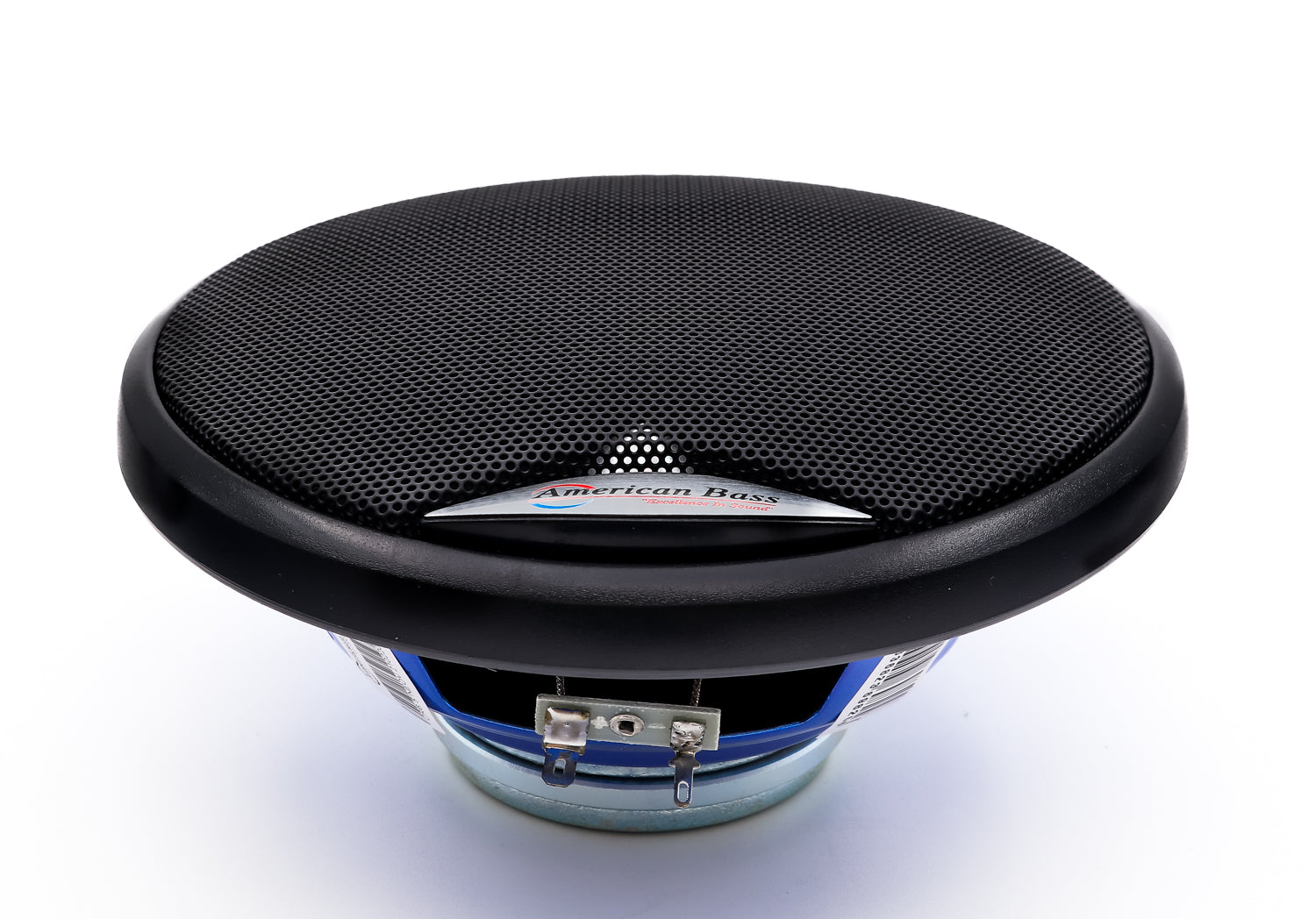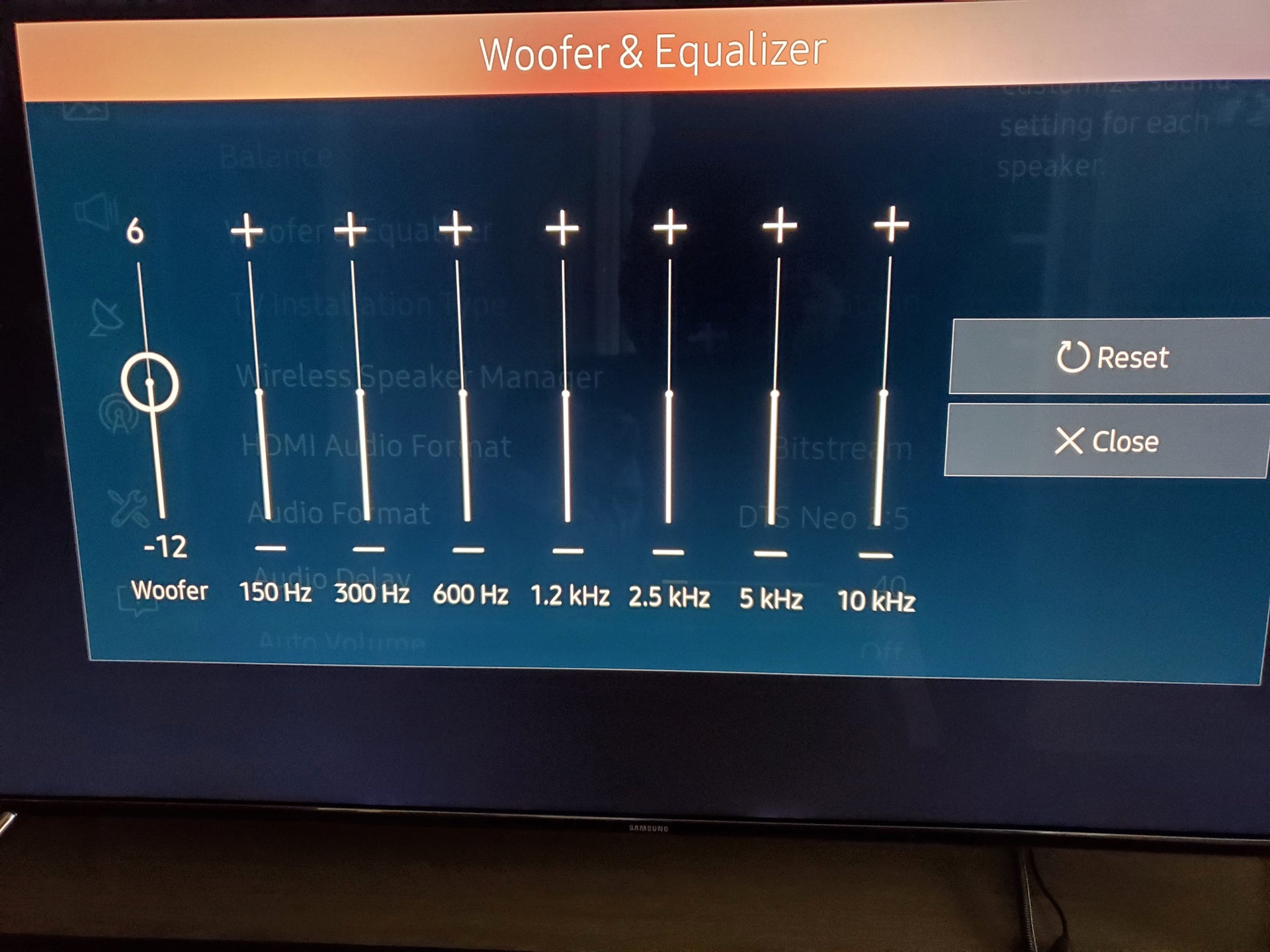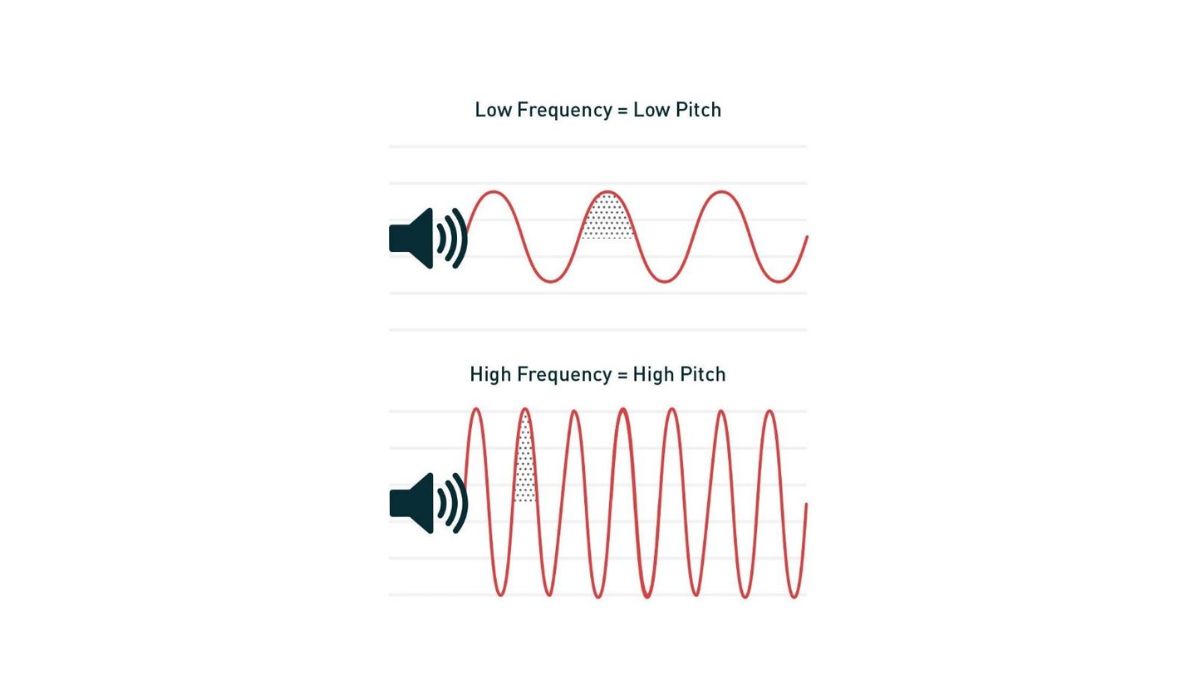Home>Production & Technology>Sound>What Is An Echo Sound


Sound
What Is An Echo Sound
Modified: February 18, 2024
Discover the wonders of sound with our detailed guide on echo sound. Understand how sound waves travel, bounce back, and create the fascinating phenomenon of echoes.
(Many of the links in this article redirect to a specific reviewed product. Your purchase of these products through affiliate links helps to generate commission for AudioLover.com, at no extra cost. Learn more)
Table of Contents
Introduction
Welcome to the fascinating world of sound exploration. Have you ever wondered how sound travels, how we perceive it, or how it can bounce back to us? In this article, we will delve into the concept of sound and explore the intriguing phenomenon known as an echo.
Sound is an integral part of our daily lives, enriching our experiences and connecting us to the world around us. It is a form of energy that travels through various mediums, allowing us to communicate, enjoy music, and perceive our environment. Understanding the science behind sound can shed light on the remarkable ways in which it interacts with its surroundings.
An echo is a reverberation of sound that reaches our ears after bouncing off a surface. It occurs when sound waves encounter a hard and reflective obstacle, causing them to rebound and return to the source. This mesmerizing effect can be experienced in various settings, from vast canyons to closed rooms. The distinctiveness of the echo relies on the distance between the sound source, the reflective surface, and the listener.
How does the fascinating phenomenon of an echo occur? Well, it all boils down to the behavior of sound waves. When an initial sound wave is emitted, it propagates through the air in the form of compressions and rarefactions. These waves then hit a solid object, such as a wall, cliff, or building, which redirects the sound waves back towards the origin.
The science behind echo sound revolves around the concept of reflection. Just like light, sound waves bounce off surfaces when they encounter them. However, unlike light waves, sound waves require a medium, such as air, water, or solid material, to propagate. When sound waves hit a reflective surface, they undergo a change in direction, getting reflected back to their source.
So, why does the echo sound different from the original sound? This is due to the time delay between the initial sound and the echoing sound reaching our ears. The duration depends on the distance traveled by the sound waves, which impacts the perceived loudness and clarity of the echo. Additionally, the shape, size, and texture of the reflective surface also influence the characteristics of the echo.
The intriguing phenomenon of an echo finds applications in various industries and fields. For instance, in architecture and acoustics, understanding echo sound helps in designing spaces with optimal sound quality and minimizing undesirable echoes. Echo sounding is also utilized in sonar systems to measure underwater distances and detect underwater objects or topography.
Intrigued by echoes? In the following sections, we will explore the science behind echo sound, delve into its real-life applications, and unravel the mesmerizing world of sound reflections.
What is Sound
Sound is a powerful and fascinating phenomenon that surrounds us every day. It is a form of energy that travels as waves through different mediums, such as air, water, or solids. Sound waves are created when an object or source, such as a person speaking or a musical instrument, sets particles in motion, causing them to vibrate.
These vibrations then propagate through the surrounding medium, creating a chain reaction of compressions and rarefactions. Compressions are areas where particles are bunched up closely together, while rarefactions are regions where particles are spread further apart. It is these changes in air pressure that our ears detect and interpret as sound.
Sound waves can travel through different materials at varying speeds. In general, sound travels faster through solids, such as steel or wood, compared to liquids like water and gases like air. This is because the particle density and arrangement in solids allow for faster transmission of vibrations.
The key characteristics of sound are frequency, amplitude, and wavelength. Frequency refers to the number of vibrations or cycles per second and is measured in Hertz (Hz). The higher the frequency, the higher the pitch of the sound. Amplitude, on the other hand, determines the loudness or intensity of the sound. It is measured in decibels (dB), with higher amplitudes corresponding to louder sounds. Lastly, wavelength is the distance between two consecutive points in a sound wave, such as between two compressions or two rarefactions.
Our ears are exquisitely designed to detect and interpret sound waves. As sound waves enter our ears, they pass through the ear canal and reach the eardrum. The vibrations of the eardrum then set off a series of events within the ear, where the sound is transformed into electrical signals that are sent to the brain. This is how we perceive and make sense of the world of sound around us.
Sound plays an integral role in communication, entertainment, and our overall experience of the environment. Whether it’s the melodic tones of a musical symphony, the joyful laughter of children, or the soothing sound of ocean waves crashing on the shore, sound enriches our lives and connects us to the world.
Now that we have a basic understanding of sound, let’s dive into the intriguing realm of echoes and explore how they occur and captivate our senses.
What is an Echo
An echo is a fascinating phenomenon that occurs when sound waves bounce off a surface and return to the listener. It is a type of sound reflection that can be heard in various environments, from vast open spaces to enclosed rooms. The word “echo” is derived from the Greek term “ēkhṓ,” which means “sound reflected.”
In order for an echo to be produced, several key elements are required. First, there must be a source of sound that emits a sound wave. This could be a person speaking, a musical instrument playing, or any other sound-producing object. Second, there needs to be a reflective surface where the sound wave can bounce off. This could be a wall, a cliff, a mountain, or any other solid object that is capable of reflecting sound waves.
When the initial sound wave reaches the reflective surface, it undergoes a process known as sound reflection. The sound wave bounces off the surface and travels back towards the origin, creating a delayed and softer repetition of the original sound. This delayed repetition is what we perceive as an echo.
The distance between the sound source and the reflective surface plays a crucial role in determining the characteristics of the echo. The greater the distance, the longer the time it takes for the sound wave to travel to the surface, reflect, and return back to the listener. This results in a longer delay between the original sound and the echo.
The intensity and clarity of the echo also depend on the acoustic properties of the reflective surface. Smooth and hard surfaces, such as rock cliffs or concrete walls, reflect sound waves more effectively, resulting in a stronger and more distinct echo. On the other hand, soft or porous surfaces, like curtains or fabric panels, tend to absorb sound waves rather than reflect them, leading to weaker or no echoes.
When experiencing an echo, the human ear perceives it as a distinct repetition of the original sound, albeit softer and with a slight delay. The echo can create an immersive auditory experience, adding a sense of spaciousness and depth to the environment. This effect is particularly pronounced in large, open areas, such as canyons or concert halls, where the sound waves can travel freely and bounce off multiple surfaces.
It is worth noting that echoes can be used as a means of communication and navigation in certain situations. For example, some cultures and environments have developed unique communication methods utilizing echoes, allowing people to send messages or signals over long distances.
Now that we have explored what an echo is and how it occurs, let’s delve deeper into the science behind echo sound and uncover the fascinating principles at work.
How Does Echo Sound Work
Understanding how echo sound works requires exploring the fundamentals of sound propagation, reflection, and perception. When a sound wave is emitted from a source, it travels through the air as a series of compressions and rarefactions. These waves continue until they encounter a surface that can reflect sound, such as a wall or a building.
When the sound wave reaches the reflective surface, a portion of the energy in the wave is reflected back towards the source. This reflection occurs due to the wave encountering a change in the medium, which causes it to change direction. As the reflected sound wave travels back towards the source, it carries with it the characteristics of the original sound.
As the reflected sound wave reaches the listener’s ears, it combines with the remaining portion of the original sound wave that bypassed the surface. This combination creates a unique auditory experience, with the listener perceiving a distinct repetition of the original sound, known as an echo.
The time delay between the original sound and the echo reaching the listener’s ears is what distinguishes an echo from the initial sound. The distance between the sound source, the reflective surface, and the listener affects the duration of the delay. The longer the distance, the greater the time it takes for the sound wave to travel and reflect, resulting in a noticeable delay between the two sounds.
The intensity or loudness of the echo is also influenced by various factors. A smooth and hard surface reflects a higher percentage of the sound wave’s energy, resulting in a stronger and more pronounced echo. On the other hand, a rough or absorbent surface may absorb or scatter the sound wave, reducing the intensity of the echo.
The clarity or distinctness of the echo depends on the quality of the reflective surface and the environment in which the echo occurs. A large, open area with minimal obstacles allows sound waves to travel unhindered and undergo multiple reflections, creating a clearer and more defined echo. Conversely, a cluttered or enclosed space may result in distorted or muffled echoes.
Our perception of echoes is made possible by the remarkable capabilities of our auditory system. The human ear can discern subtle differences in sound arrival times, allowing us to identify the delay between the original sound and its echo. This ability to perceive echoes adds depth and dimension to our auditory experiences, enhancing our understanding of the environment and facilitating communication.
Overall, the phenomenon of echo sound is a captivating interplay between sound waves, reflection, and human perception. By unraveling its mechanisms, we gain a deeper appreciation for the complexity and beauty of the auditory world around us.
The Science behind Echo Sound
The science behind echo sound revolves around the principles of sound waves, reflection, and perception. When a sound wave is emitted from a source, such as a voice or a musical instrument, it propagates through the surrounding medium in the form of compressions and rarefactions.
When the sound wave encounters a solid surface, such as a wall or a mountain, it undergoes a process known as sound reflection. The wavefront of the sound wave interacts with the surface, causing it to change direction and bounce back towards the source.
The key factor in determining whether an echo will be produced is the distance between the sound source, the reflective surface, and the listener. To perceive an echo, there must be sufficient distance for the sound to travel to the surface, reflect, and return to the listener. This distance determines the time delay between the original sound and the echo.
The intensity and clarity of the echo depend on the acoustic properties of the reflective surface. Smooth and hard surfaces tend to reflect sound waves more effectively, resulting in a stronger and clearer echo. On the other hand, surfaces with irregularities or absorbent materials may reduce the intensity and quality of the echo.
The phenomenon of an echo can be further understood by considering the speed of sound. The speed of sound is dependent on the medium through which it travels, with sound traveling faster in solids than in liquids or gases. This influences the time it takes for a sound wave to reach a surface and return as an echo.
The characteristics of the reflective surface, such as its texture, shape, and size, also play a role in the echo’s properties. These factors can affect how the sound wave interacts with the surface and how it is reflected back towards the source. As a result, echoes can vary in terms of their intensity, duration, and overall perception.
Our ears play a crucial role in the perception of echoes. The human auditory system is highly sensitive to differences in sound arrival times, allowing us to distinguish the delay between the original sound and its echo. Our brain processes these signals and perceives the echo as a distinct repetition of the initial sound.
Understanding the science behind echo sound has practical applications in various fields. In architecture and acoustic design, knowledge of how echoes behave can help in creating spaces with optimal sound quality and minimizing unwanted echo effects. In sonar systems, echo sounding is used to measure distances underwater and detect objects or topography.
The science of echo sound continues to be an area of exploration and research. Through scientific investigations and technological advancements, we can deepen our understanding of this intriguing phenomenon and unravel its intricacies.
Real-life Applications of Echo Sound
The phenomenon of echo sound has numerous practical applications in various aspects of our lives. From architectural design to navigation systems, understanding and harnessing the power of echoes has proven to be valuable in many real-life scenarios.
One significant application of echo sound can be found in the field of architecture and acoustics. Architects and designers utilize knowledge of echo behavior to create spaces with optimal sound quality and minimize unwanted echoes. By strategically placing sound-absorbing materials, diffusers, and acoustic panels, they can control the reflections and reverberations within a room, ensuring comfortable and intelligible sound environments for concerts, theaters, and conference halls.
Echo sounding, another practical application of echo sound, is widely employed in underwater navigation and mapping systems. By emitting sound waves from a sonar device and measuring the time it takes for the echoes to return, underwater distances can be determined. This technique is commonly used in hydrographic surveys to measure water depths, map underwater topography, and detect submerged objects such as reefs, shipwrecks, or even fish schools.
In the field of medicine, ultrasound imaging relies on the principles of echo sound. Ultrasound machines emit high-frequency sound waves into the body, and these waves bounce back as echoes when they encounter different tissues and organs. By analyzing the echoes, doctors can create real-time images of structures inside the body, aiding in the diagnosis and monitoring of various medical conditions.
Echo location, or echolocation, is a remarkable ability found in certain animals such as bats and dolphins. These creatures emit high-frequency sound waves, then interpret the echoes that bounce back to navigate their environment and locate prey. The echoes provide valuable information about the distance, size, and shape of objects, allowing these animals to thrive in their natural habitats.
Echoes also have applications in the field of communication and signaling. In some cultures and environments, people have developed unique communication methods utilizing echoes. By positioning themselves in strategic locations, they can send messages or signals over long distances by simply shouting or producing distinct sounds. This technique has been employed by shepherds in hilly regions and by mountain climbers in rugged terrains.
The study of echoes and their applications continues to evolve with advancements in technology. Virtual reality (VR) and augmented reality (AR) experiences, for example, make use of spatial audio techniques to create immersive environments with realistic sound reflections. This enhances the overall sensory experience and further blurs the boundaries between the virtual and physical worlds.
From architectural design to navigation, medicine to communication, the practical applications of echo sound are vast and diverse. This natural phenomenon has found utility in various industries and fields, making our lives safer, more enjoyable, and enriching our understanding of the world around us.
Conclusion
The world of sound is truly captivating, and the phenomenon of echo sound adds an extra layer of intrigue to our auditory experiences. We have explored the concept of sound, understanding how it travels as waves through different mediums and how our ears perceive it. We have also delved into the fascinating world of echoes, discovering how sound waves reflect off surfaces and create distinct repetitions of the original sound.
The science behind echo sound has revealed the importance of distance, surface characteristics, and the human auditory system in shaping our perception of echoes. We have seen how echoes find practical applications in architecture, navigation, medicine, communication, and even virtual reality experiences.
But beyond the practical applications, there is a sense of wonder and awe with each encounter of an echo. From standing in a vast canyon and hearing your voice reverberate, to navigating through a complex underwater environment with the help of sonar echoes, echoes remind us of the intricate interplay of sound and our surroundings.
As we continue to explore the world of sound, let us embrace the magic of echoes and appreciate their ability to enhance our auditory experiences. Whether in the natural environments that surround us or in the technology-driven innovations of our modern world, echoes remind us of the beauty and complexity of sound in our everyday lives.
So, next time you find yourself in a place where echoes abound, take a moment to listen, explore, and marvel at the captivating phenomenon of echo sound.











